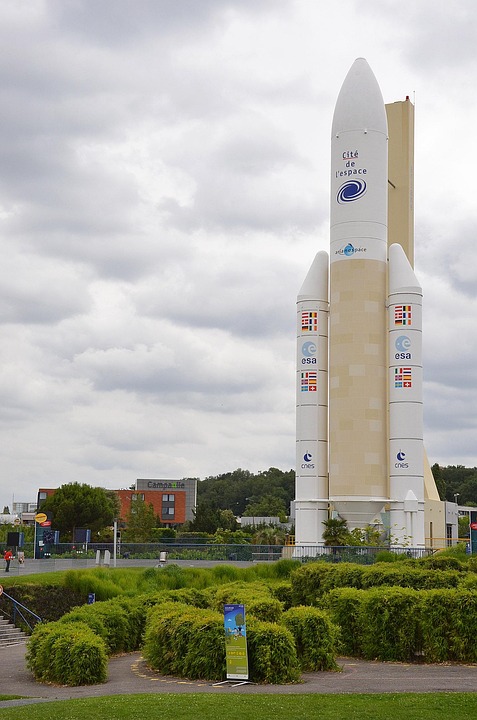User Engagement in Metaverse Gaming: The New Frontier of Interactive Experiences
The metaverse—a collective virtual shared space blending augmented reality (AR), virtual reality (VR), and the internet—has emerged as a transformative hub for gaming, redefining how users interact with digital worlds. Unlike traditional video games, which are often linear and isolated, metaverse gaming offers persistent, immersive environments where players can socialize, create, and even earn real-world value. At the heart of this evolving landscape lies user engagement, the key factor that determines the success and longevity of these virtual ecosystems. As the metaverse continues to grow, understanding what drives engagement—and how to sustain it—is critical for developers, players, and investors alike.
The Rise of Immersion and Interactivity
One of the most compelling aspects of metaverse gaming is its ability to create deep immersion. Through VR headsets, AR glasses, and advanced 3D environments, players are no longer passive participants but active inhabitants of digital worlds. For example, games like Decentraland and The Sandbox allow users to explore virtual cities, attend concerts, and interact with others in real time, blurring the lines between physical and digital reality. This interactivity fosters a sense of presence, making users feel connected to the space in ways traditional games cannot replicate.
Haptic feedback, spatial audio, and real-time physics further enhance this immersion, enabling players to "feel" their surroundings. When users can touch, hear, and react to their virtual environment, the experience becomes more compelling, encouraging longer and more frequent interactions.
Social Interaction: The Metaverse’s Secret Sauce
Social connectivity is a cornerstone of metaverse gaming. These platforms are designed to be community-driven, where players build relationships, collaborate on projects, and engage in shared activities. Games like Roblox and Fortnite have already demonstrated the power of social features, with virtual events like concerts and fashion shows drawing millions of participants.
In the metaverse, avatars and personalized virtual identities play a crucial role. Users can express themselves through custom appearances, digital real estate, and unique in-game items, creating a sense of individuality and belonging. Moreover, the ability to communicate through voice, text, and even AI-driven interactions allows for richer, more dynamic social experiences. This social layer not only keeps users engaged but also builds loyalty, as they invest time and effort into their virtual relationships.
Ownership and Customization: Building a Digital Identity
The metaverse empowers users with a sense of ownership over their digital assets, a concept that fuels long-term engagement. Through blockchain technology, players can own virtual land, NFT-based items, or in-game currency, creating a tangible stake in the ecosystem. For instance, Decentraland allows users to buy and sell virtual real estate, while Axie Infinity lets players breed and trade digital creatures.
This ownership extends to customization, where users can design their own spaces, games, or content. Platforms like Roblox and TikTok’s virtual world enable creators to build and monetize experiences, fostering a culture of innovation. When users have the ability to shape their environment, they are more likely to remain invested, as their contributions become part of the metaverse’s evolving narrative.
Economic Systems: Beyond Just Playing
Metaverse games often feature decentralized economies that mirror real-world financial systems. Players can earn, trade, and invest in virtual assets, creating opportunities for both leisure and profit. Games like The Sandbox and Gala Games integrate blockchain-based tokens, allowing users to monetize their time and creativity.
These economic incentives drive engagement by rewarding participation. Users are motivated to explore, collaborate, and compete, knowing their efforts can translate into real-world value. Additionally, the rise of play-to-earn models has attracted a diverse audience, including those seeking alternative income sources, further expanding the user base.
Gamification and Personalization: Tailoring the Experience
Gamification elements—such as quests, leaderboards, and rewards—remain vital in the metaverse, but they are often woven into social and economic frameworks. For example, Fortnite’s in-game events and challenges encourage repeated play, while NBA Top Shot leverages collectibles and competition to keep users active.
Personalization also plays a role. Advanced algorithms and AI can tailor experiences to individual preferences, suggesting events, social groups, or content based on user behavior. This customization ensures that each player’s journey is unique, increasing satisfaction and retention.
Challenges to Sustaining Engagement
Despite its promise, the metaverse faces hurdles in maintaining user engagement. Technical barriers, such as the need for high-end hardware or stable internet connections, can exclude some users. Additionally, user retention is tricky in vast, open-world environments where players might feel overwhelmed or lose direction.
Privacy and security concerns also loom large. As users invest in virtual identities and assets, protecting their data and digital wealth becomes paramount. Poor governance or lack of trust can deter participation, highlighting the need for transparent systems and robust security measures.
Future Trends: The Next Evolution of Engagement
Looking ahead, advancements in AI and machine learning will likely enhance personalization, creating more adaptive and responsive virtual worlds. Meanwhile, cross-platform interoperability—allowing users to transfer assets and identities between metaverse platforms—could increase stickiness by reducing silos.
The integration of Web3 technologies (blockchain, DAOs, and NFTs) will further democratize the metaverse, giving users greater control over their experiences. As these innovations mature, the focus will shift to creating seamless, inclusive, and meaningful interactions that keep users engaged for the long haul.
Conclusion
User engagement in metaverse gaming is a complex interplay of immersion, social connection, ownership, and economic incentives. As the metaverse continues to evolve, its ability to sustain engagement will depend on balancing technological advancements with user-centric design. By prioritizing inclusivity, security, and personalized experiences, developers can build virtual worlds that not only captivate but also retain users, shaping the future of entertainment and interaction. In this new digital frontier, the metaverse isn’t just a game—it’s a lifestyle, and engagement is the lifeblood that keeps it alive.
This article explores how the metaverse is redefining user engagement through its unique blend of technology and creativity, offering a glimpse into the opportunities and challenges that lie ahead.







